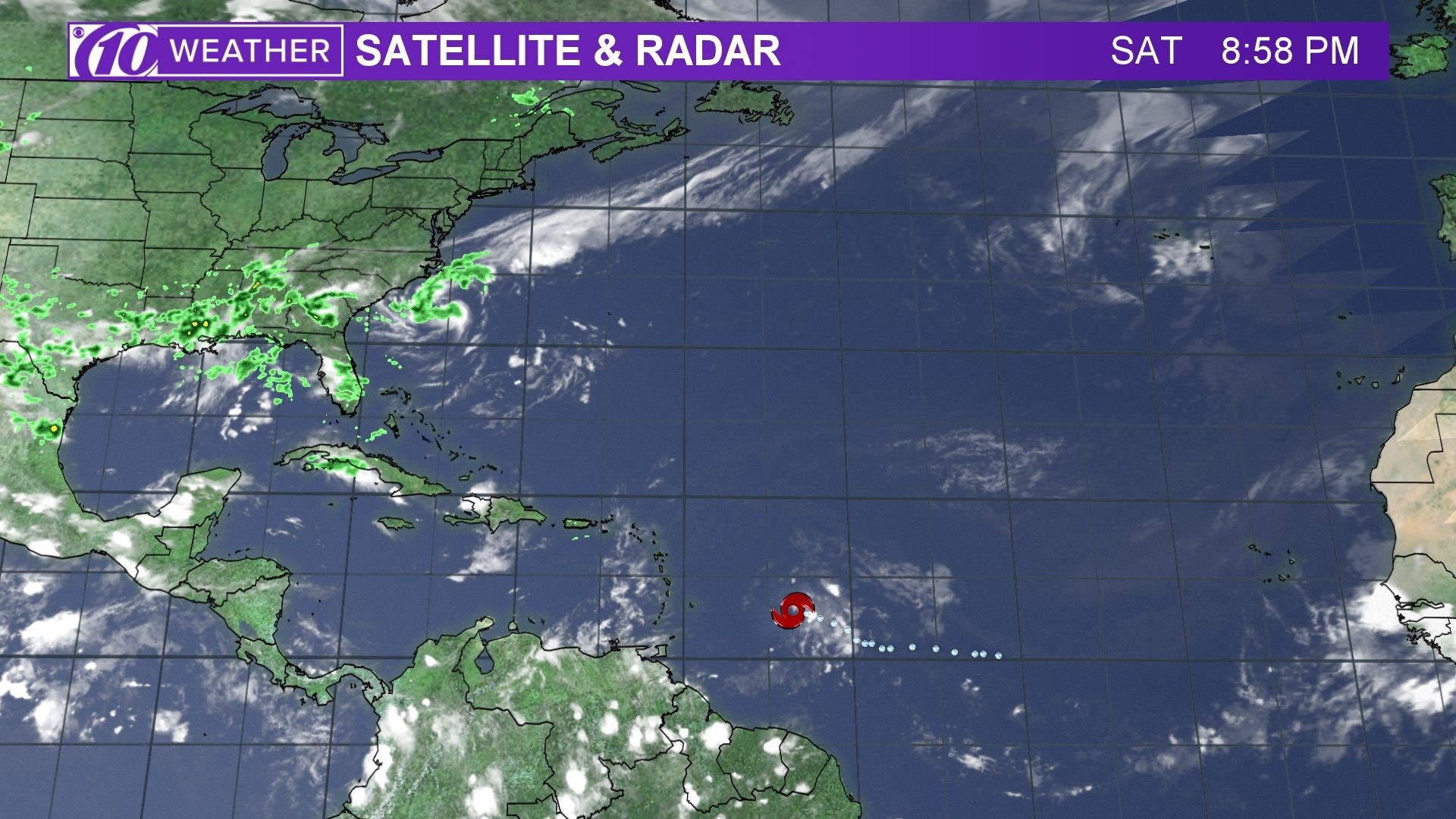Forecast Models

Tropical storm beryl spaghetti models – Forecast models are computer programs that use mathematical equations to predict the future state of the atmosphere and oceans. These models are used to make weather forecasts, including forecasts of tropical storms.
One type of forecast model used for tropical storms is called a spaghetti model. Spaghetti models are a group of individual model runs that show the possible paths of a tropical storm. Each line in a spaghetti model represents one possible path, and the spread of the lines shows the uncertainty in the forecast.
Tracking the path of Tropical Storm Beryl? Check out the latest spaghetti models to see where is beryl headed. These models provide valuable insights into the storm’s potential trajectory, helping you stay informed and prepared. Stay tuned for updates as the storm progresses.
Strengths and Limitations of Spaghetti Models, Tropical storm beryl spaghetti models
Spaghetti models are a useful tool for forecasters because they can provide information about the range of possible outcomes for a tropical storm. This information can help forecasters issue more accurate warnings and advisories.
Tropical storm beryl spaghetti models be showin’ us a path that might take it up the coast. We still gotta keep an eye on it, but for now, the hurricane beryl prediction is that it’ll stay out to sea. We’ll keep watchin’ the spaghetti models and give you updates as we get ’em.
However, spaghetti models also have some limitations. One limitation is that they are only as good as the data that they are based on. If the data is inaccurate or incomplete, the spaghetti model may not be able to accurately predict the path of a tropical storm.
Another limitation of spaghetti models is that they do not account for all of the factors that can affect the path of a tropical storm. For example, spaghetti models do not account for the effects of land interaction or changes in wind direction.
Historical Data Analysis: Tropical Storm Beryl Spaghetti Models

Let’s dive into the history books to uncover the patterns and trends of Tropical Storm Beryl.
Using spaghetti models, we can analyze past paths and intensities of Beryl, giving us insights into its typical behavior.
Accuracy and Reliability
Spaghetti models have varying degrees of accuracy, depending on factors like storm intensity and the availability of data.
However, by studying past performance, we can assess the reliability of these models and make informed predictions about Beryl’s future path.
Current Storm Analysis

Tropical Storm Beryl is currently located in the Atlantic Ocean, approximately 1,000 miles east of the Lesser Antilles. The storm has maximum sustained winds of 60 mph and is moving west-northwest at 15 mph.
The latest spaghetti models show a wide range of possible tracks for Beryl. Some models predict that the storm will turn north and make landfall in Florida, while others show it continuing west and passing south of the United States. The National Hurricane Center has issued a tropical storm warning for the Lesser Antilles and is urging residents to monitor the storm’s progress.
Potential Impacts
The potential impacts of Tropical Storm Beryl will depend on its track and intensity. If the storm makes landfall in Florida, it could bring heavy rain, flooding, and wind damage. The storm could also cause power outages and disruptions to transportation.
If Beryl passes south of the United States, it could still bring heavy rain and wind to the Gulf Coast. The storm could also cause rip currents and other hazardous conditions at beaches.